Part 2
What does scratching do to my skin?
Noticing your Behaviour.
What does scratching do to your skin?
Noticing your behaviour
This is because scratching makes your skin release chemicals. This makes you feel even more itchy, which makes you want to scratch more!
This is called the itch-scratch cycle.
Scratching and rubbing can worsen the itch.
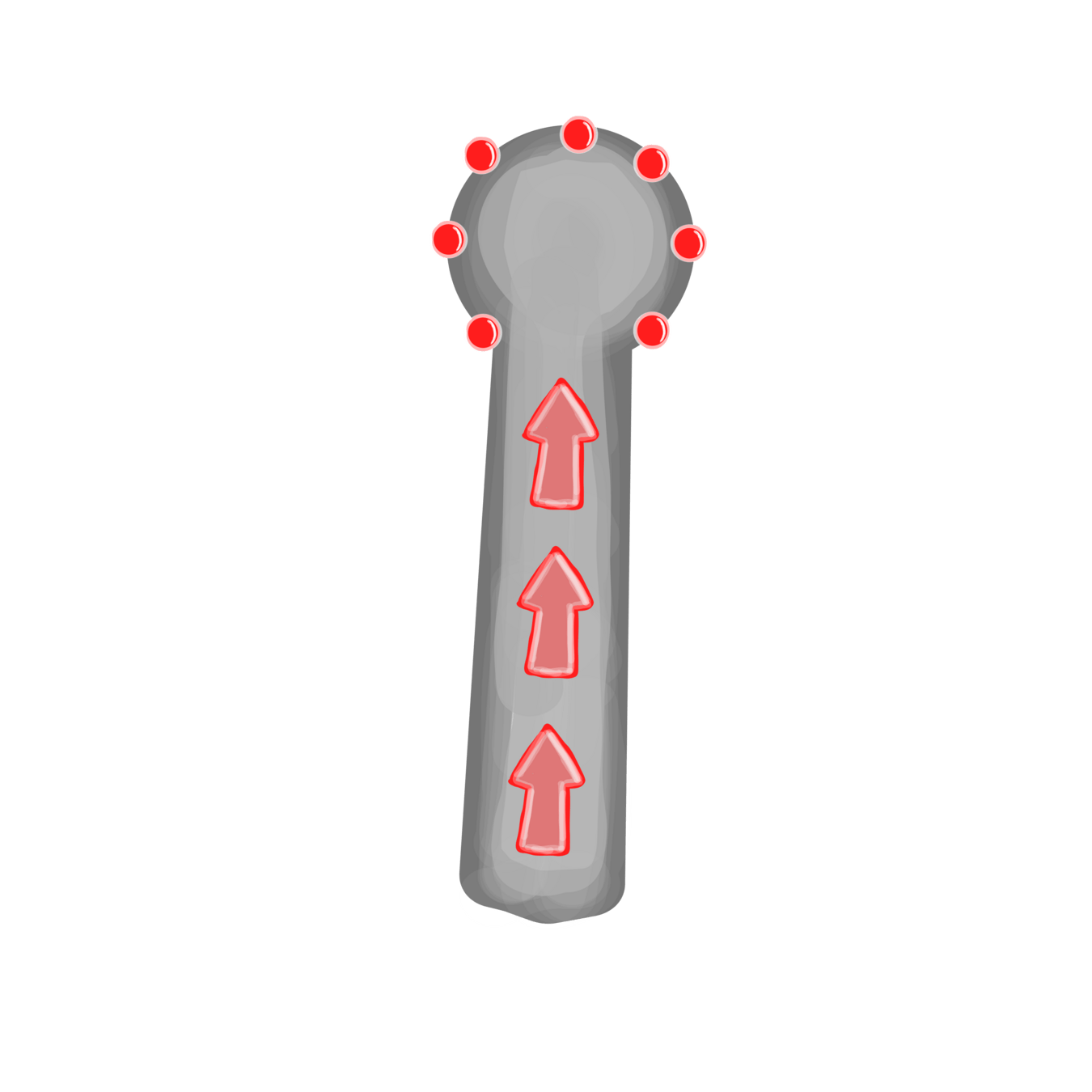
Scratch
Scratch
Scratch
ITCHY
Scratching can also damage your skin. This can make it bleed or let bacteria and irritants in in so it can get infected. Damaged skin also lets water escape more easily which can cause dryness.
Damaged skin can feel itchy while it is healing. This can add to the itch-scratch cycle.
What does scratching do to your skin?
Noticing your behaviour

Finding what works for you
"As I got older I found what works to help control that itch."

Jake's story
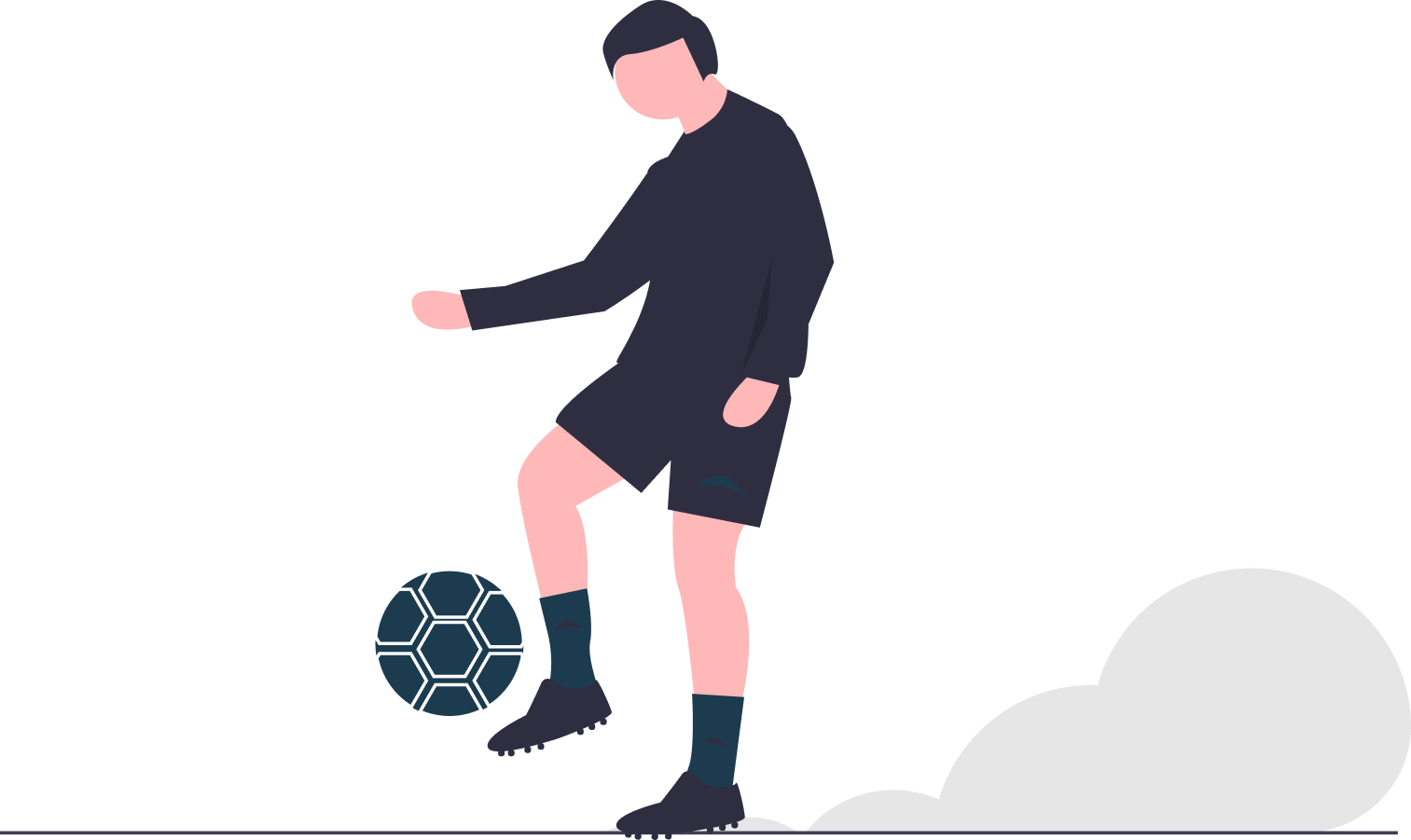
Itch is the sensation,
What we feel
This makes you want to scratch.
Scratching is the behaviour,
What we do
It is any touching of our skin that we do again and again, rubbing and picking also cause damage.
What does scratching do to your skin?
Noticing your behaviour


Noticing your behaviour
Worsens eczema.
Adds chronic eczema to acute eczema: the skin gets thicker and more inflamed – the face, neck and hands are the easiest to scratch - so have the highest chance of getting chronic eczema.
What does scratching do?
Prevents healing.
Can introduce infection.
chronic


Noticing your behaviour
Itch and scratching do not always go together!
A vicious cycle is formed. For your skin to heal we need to treat all parts of the cycle.
The itch scratch cycle
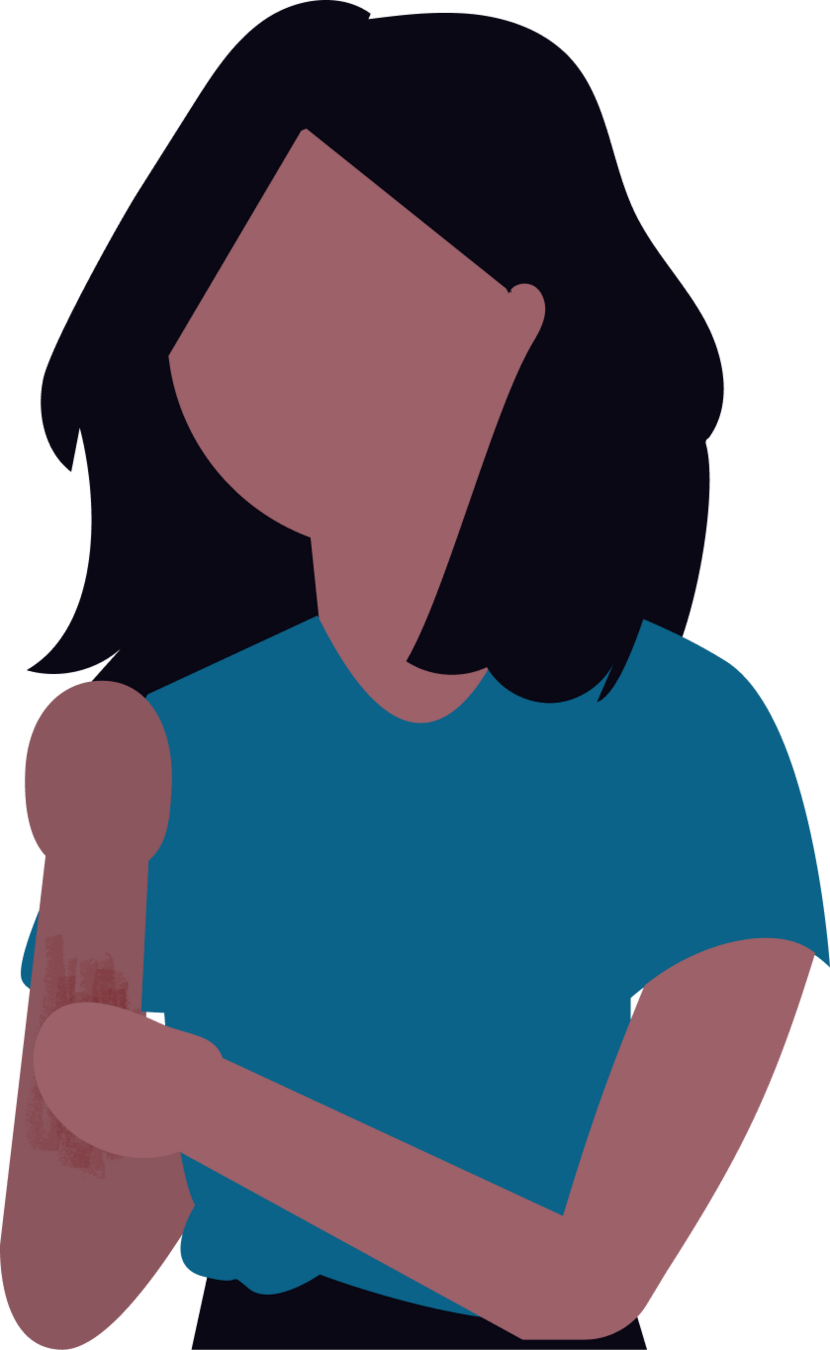
Noticing your behaviour

Damaged
skin barrier

Noticing your behaviour


Damaged
skin barrier
Irritants /
Allergens


Noticing your behaviour



Inflammation
Damaged
skin barrier
Irritants /
Allergens



Noticing your behaviour




Itch
Damaged
skin barrier
Inflammation
Irritants /
Allergens



Noticing your behaviour

Damaged
skin barrier

Irritants /



Scratching
Itch
Inflammation
Allergens



Why do we scratch?
Breaking the itch-scratch cycle
Scratching is a natural response to the sensation of feeling itchy.
Scratching causes a new sensation, which releases chemicals in our brain.
These chemicals can make us feel good and temporarily distract our brains from the itch.
People with eczema often feel itchy. So scratching can become something they do very often.
Breaking the itch-scratch cycle
Scratching can become a habit so we need to work on learning new ways to manage the itch instead of scratching.
This will help break the cycle of itching and scratching.
habit

The first step to stop scratching is to start noticing when we scratch.
Learn why, when and where you scratch.
Interrupt your scratching.
Refocus.
Notice your scratching Breaking the cycle
This helps us to:
Notice your scratching Breaking the cycle
Noticing when we scratch may take a bit of time to get used to but it is an important first step.
If you think you might not be able to notice, you might need someone else, to help you know when you have scratched. Over time, this can help you notice too.


You may be scratching now as you read this, just notice how many times you do it!
You should record your scratching as soon as you realise you are scratching.
Record your scratching Breaking the cycle
Don’t worry if you miss your first few scratches, start recording them as soon as you can.
To get an idea of how many times you scratch, you should pick a time in the day when you think you scratch more.
Follow our step by step guide to record your scratching...
Record your scratching Breaking the itch-scratch cycle
Twice a week and for one hour at the weekend.
A fixed time in the evening (for example, from 6pm to 8pm).
Twice a week for an hour at school or work.
Here are some ideas of times and places where you can notice and record your scratching:
Are there any other times or places you scratch more? Keep a record of your scratching there.
Step 1: Decide a time you will record your scratching and how long you will record for.
Make sure during the times you choose to record scratching that you have your clicker counter (or clicker counter app) to hand. As soon as you notice you feel itchy and start scratching you should record it as a scratch.
Record your scratching Breaking the cycle

A scratch can involve actually scratching with your nails, rubbing against something else or using something against your skin to scratch it (e.g. a hairbrush or comb).

Step 2: Use a clicker counter to record each scratch during the time you have chosen to notice scratching.
Record your scratching Breaking the cycle
When you notice that you start to scratch you should use the counter on your mobile or the clicker counter to make a note of this in your scratching diary.


Record your scratching Breaking the cycle
If you scratch one part of your body once, this is one scratch.
If you scratch another part of your body this is a second scratch.
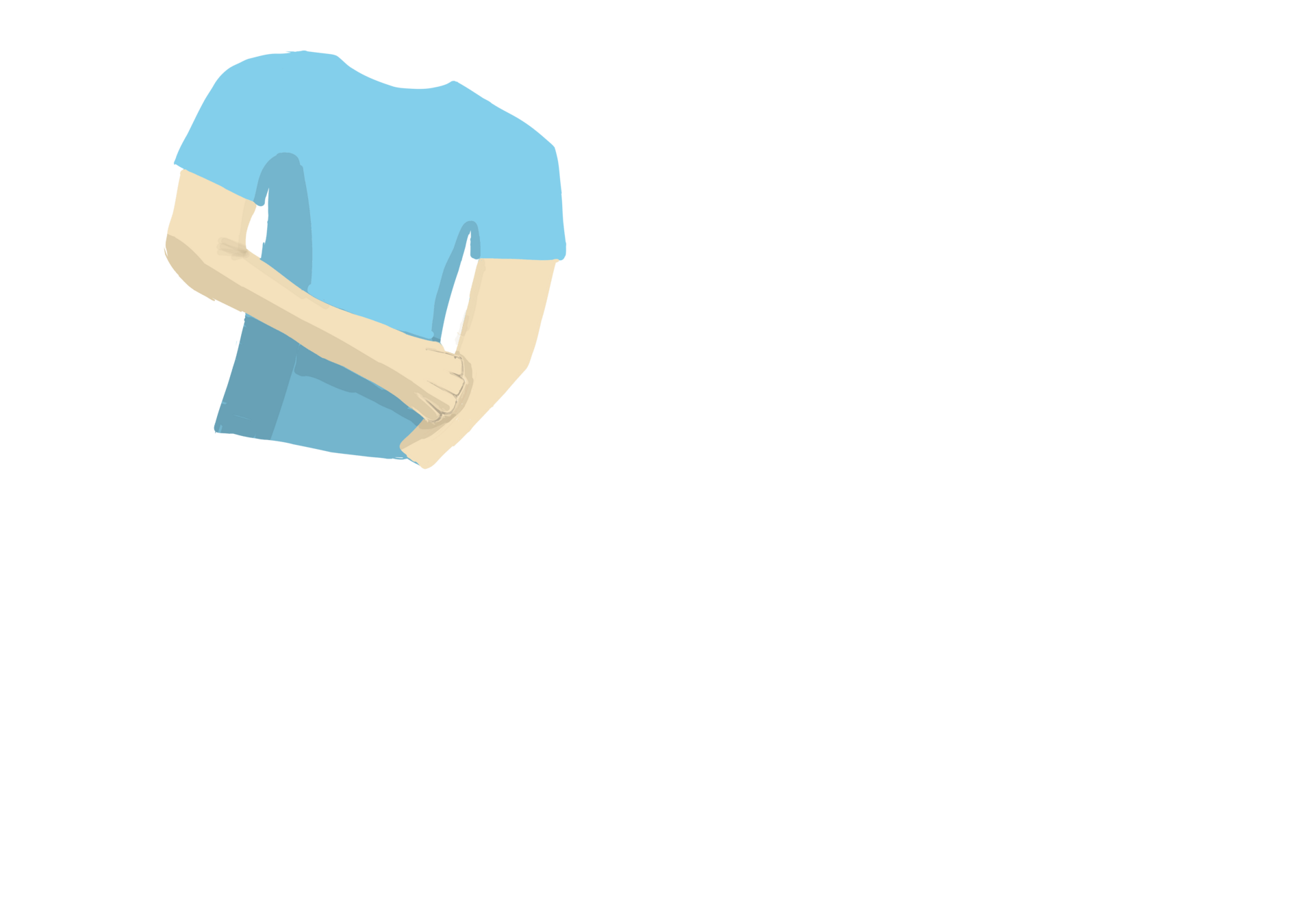
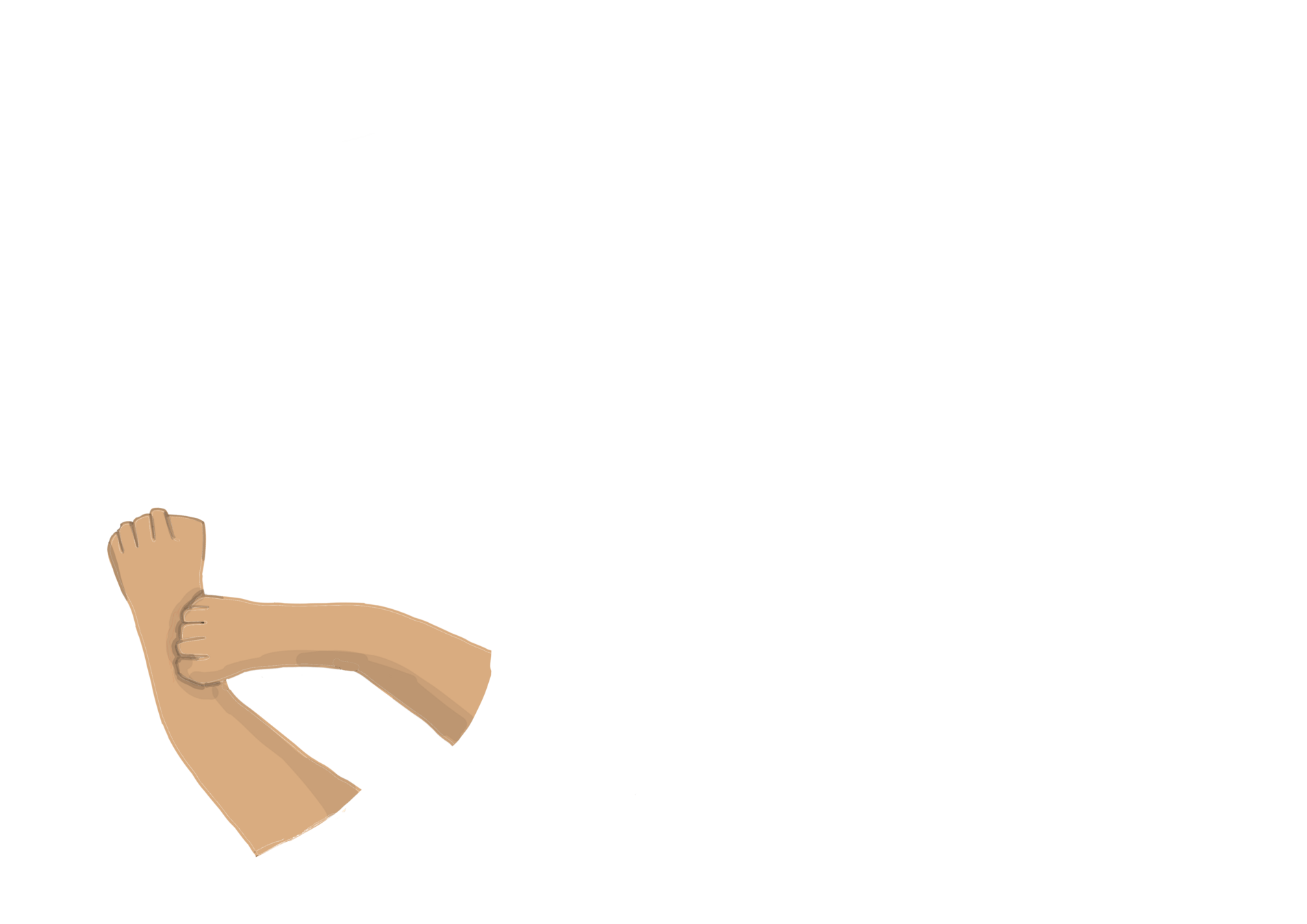
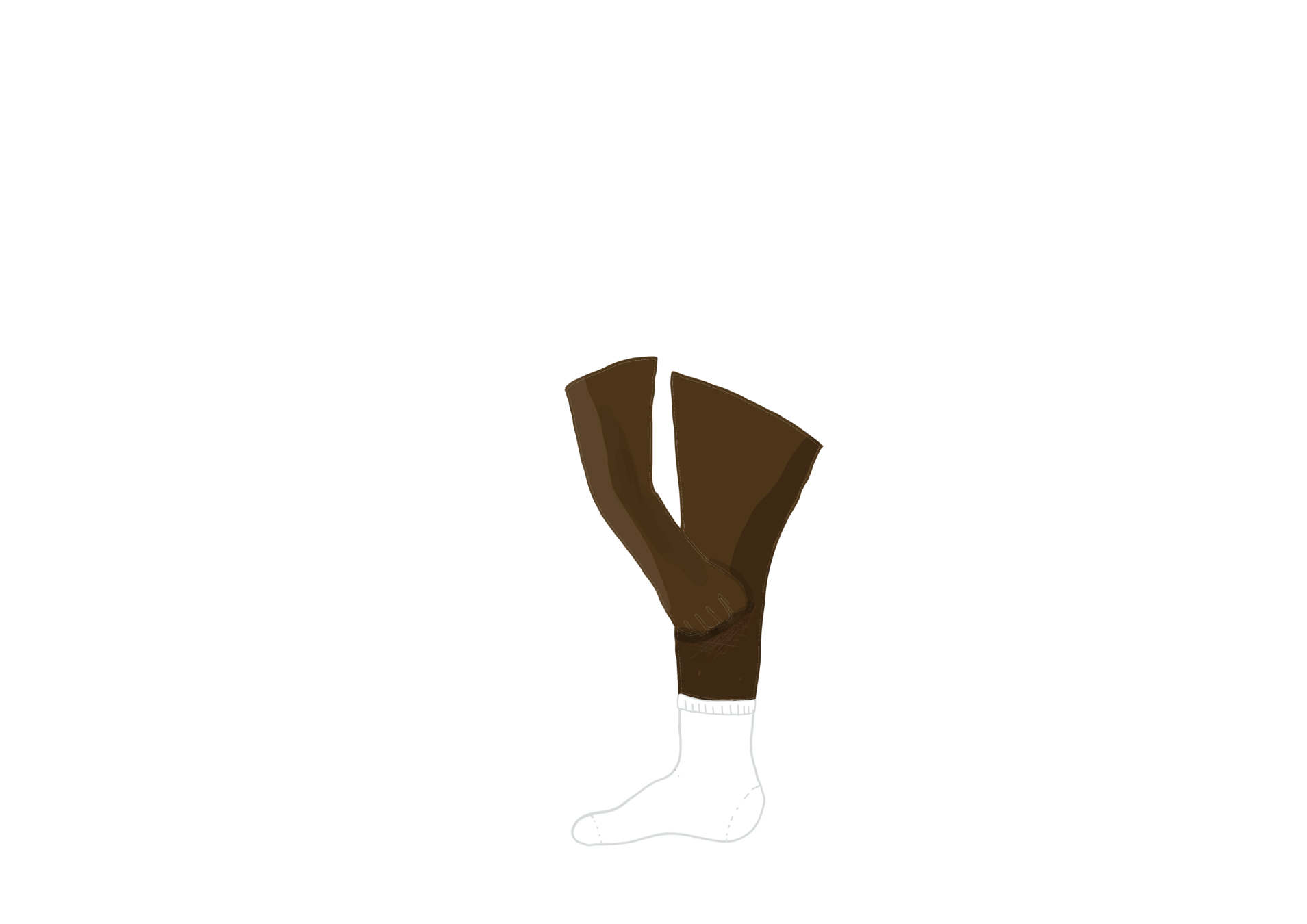



Whilst your fingers remain on your skin, you can count this as one scratch.
Don’t worry too much about what you count as a ‘scratch’. As long as you count your scratching the same way each time.
Record your scratching Breaking the cycle
As the video shows, for each scratch record this on the counter.
Click to start watching
Record your scratching Breaking the cycle
You can fill in your scratching diary online, or download it to print off or use on your phone.
This helps you understand about why you might scratch. For example...

Step 3: At the end of your time recording, use your scratching diary to record how many times you scratch and the situation you were in.
Record your scratching Breaking the cycle
Some people scratch more when they feel stressed and are studying or working.
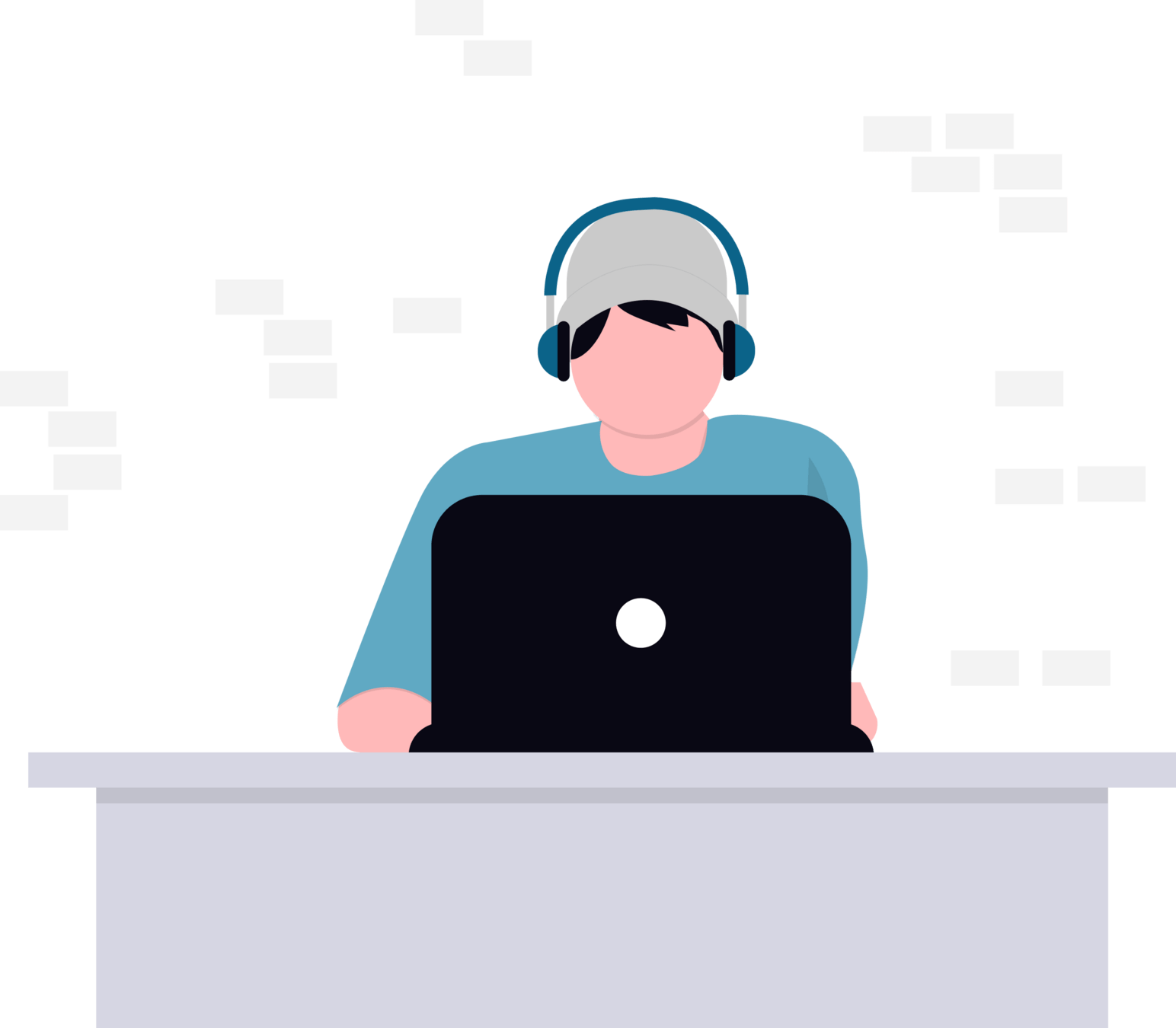
Record your scratching Breaking the cycle
Some people scratch more when they watch television because they may be bored.
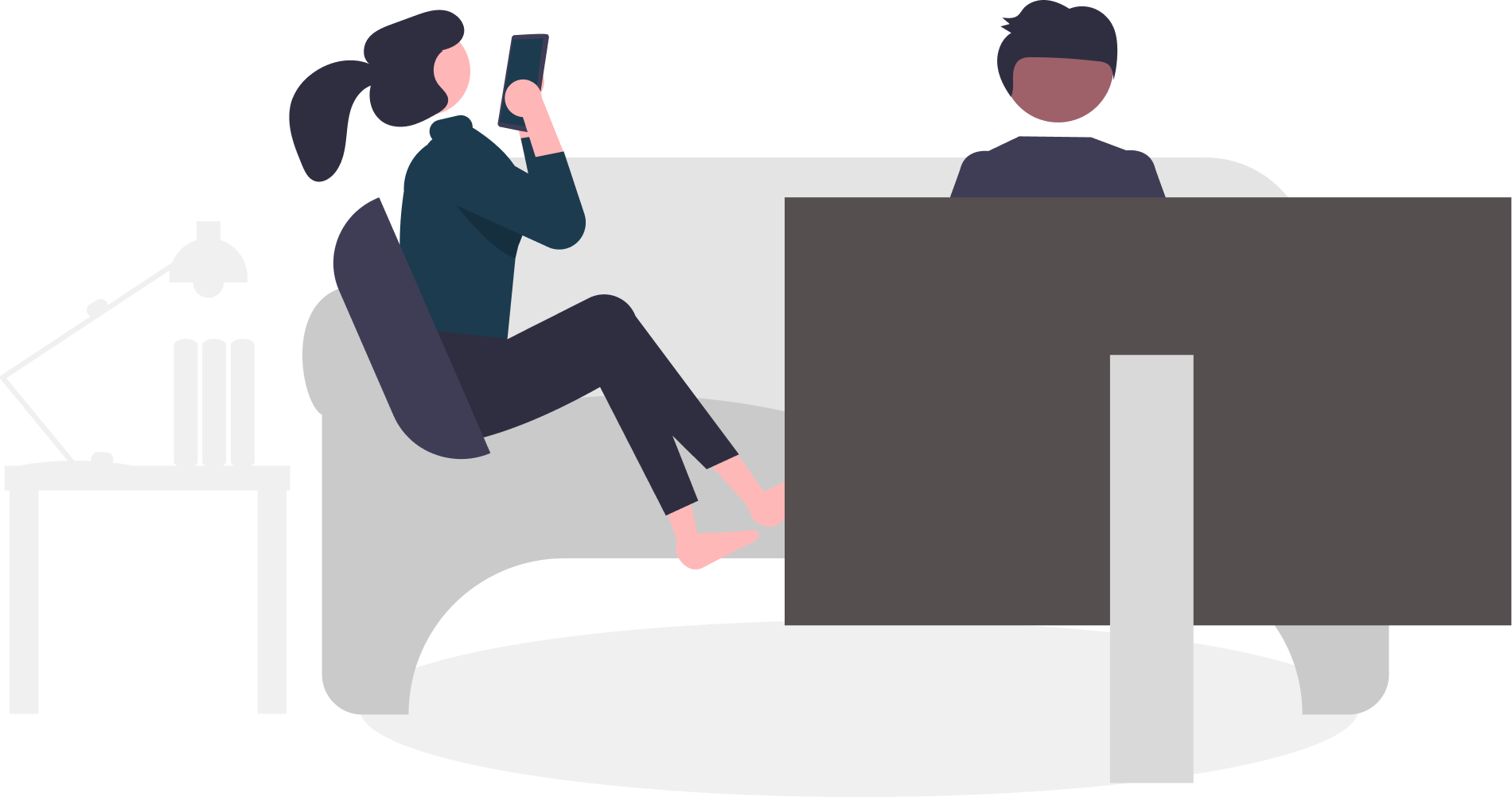
Record your scratching Breaking the cycle
Some people scratch more when in bed because they are worrying about things.
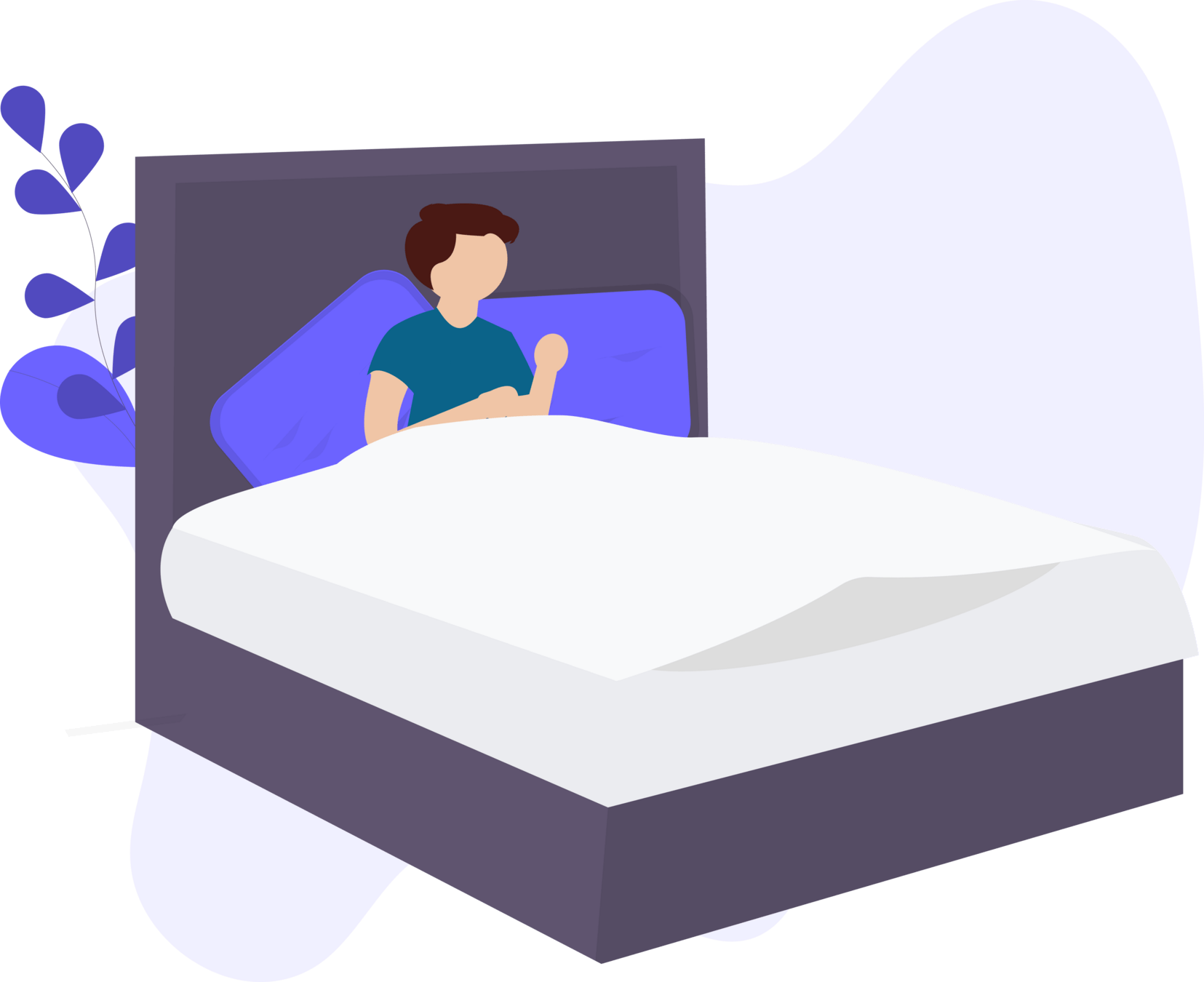
Record your scratching Breaking the cycle
When we figure out why you scratch we can help you to reduce the scratching in these times.
Everyone scratches in different places, for different reasons. Can you think of other times you may scratch in?



Record your scratching Breaking the cycle
When you notice that you start to scratch you should use the counter on your mobile or the clicker counter to make a note of this in your diary.
Remember to notice and record your scratching this week.


What to do next?
Over the next week, try to record your scratching.
It might feel difficult to think about your scratching, but try and stick with it as noticing your scratching is an important first step to reducing scratching.
Or you can record your scratching in another way that works for you.
You can come back to part 2 to remind yourself how to record scratching at any time.
Next week, complete part 3.
You can access your scratching diary on the homepage.
Thanks for completing Part 2!
In the next part, we will find out more about things you can do to stop you from scratching.

13+ Scratch Less - Part 2
By KidsInControl
13+ Scratch Less - Part 2
- 104




